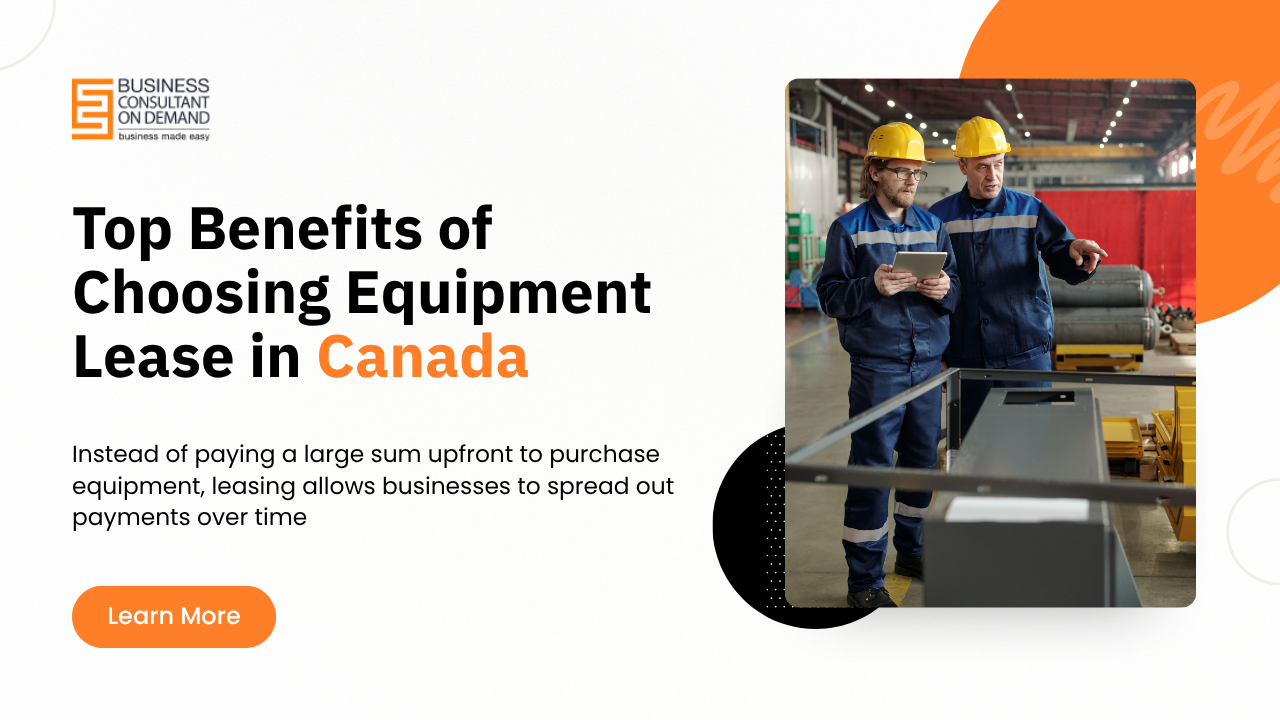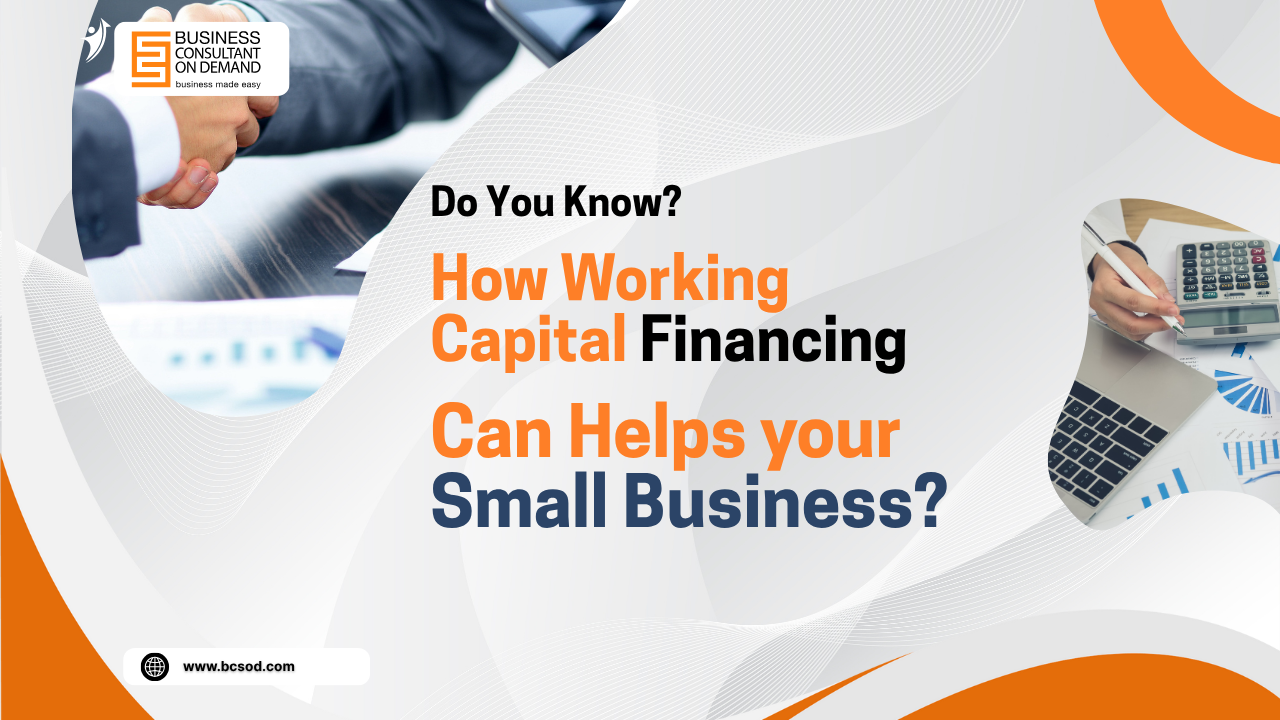Top Benefits of Choosing Equipment Lease Canada
When it comes to running a business in Canada, having the right equipment can be a game-changer. However, buying expensive machinery or technology upfront can strain your finances. This is where equipment leasse Canada comes in as a smart and cost-effective solution. We will explore everything you need to know about equipment lease Canada
What is Equipment Leasing?
Equipment leasing in Canada refers to an arrangement where businesses rent or lease equipment for a specific period rather than purchasing it outright. This arrangement allows businesses to access the tools they need without the high upfront costs. Equipment leasing can cover a wide range of assets, from construction machinery and office equipment to medical devices and technology.
Benefits of Equipment Lease in Canada
Leasing equipment offers several advantages for businesses, especially in Canada. Here are some of the top benefits:
1. Cost-Effective Solution
The biggest benefit of leasing is that it helps preserve cash flow. Instead of paying a large sum upfront to purchase equipment, leasing allows businesses to spread out payments over time, making it easier to manage budgets.
2. Access to the Latest Technology
Leasing gives businesses the opportunity to access the latest and most advanced technology without having to worry about depreciation. This is particularly important for industries that rely on fast-evolving equipment, like the tech or medical fields.
3. Tax Benefits
In Canada, businesses can often deduct lease payments as operational expenses, which could provide tax advantages. Leasing may also help reduce the value of taxable assets on the balance sheet, helping businesses save on taxes.
4. Flexibility and Upgrades
Leasing gives businesses flexibility in their operations. If the equipment becomes outdated or no longer serves the business’s needs, it can easily be replaced with the latest model by entering into a new lease agreement.
5. Preserving Credit Lines
Leasing helps preserve your business’s credit lines for other ventures. Since the equipment itself is typically used as collateral, leasing does not affect your business’s credit rating.
Types of Equipment Lease Canada
In Canada, there are several types of equipment lease agreements that businesses can choose from. Understanding the different types can help you choose the right one for your business.
1. Operating Lease
An operating lease is the most common type of lease for businesses. With this lease, you pay for the equipment’s use rather than its ownership. At the end of the lease term, you can return the equipment, renew the lease, or upgrade to newer equipment.
2. Finance Lease
A finance lease is more like an installment purchase, where the lease payments cover most of the equipment’s value. At the end of the term, the business usually has the option to purchase the equipment at a nominal price.
3. Capital Lease
A capital lease is similar to a finance lease but with more favorable accounting treatment. It typically covers 75% or more of the equipment’s value and is treated like an ownership arrangement for tax purposes.
4. Sale and Leaseback
A sale and leaseback arrangement allows businesses to sell their existing equipment to a leasing company and then lease it back. This provides businesses with immediate cash flow while still retaining access to their equipment.
How to Lease Equipment Lease Canada?
Leasing equipment in Canada is a straightforward process. Here’s how you can get started:
1. Determine Your Needs
The first step is to assess the type of equipment your business requires and its specifications. Identify whether you need new or used equipment, and how long you’ll need to use it.
2. Choose a Leasing Company
Find a reputable leasing company in Canada that offers flexible and affordable terms. Make sure to compare interest rates, terms, and other factors before making your choice.
3. Negotiate the Terms
Once you’ve selected a leasing company, negotiate the lease terms. This includes the length of the lease, the payment schedule, and any maintenance or warranty clauses.
4. Sign the Agreement
After finalizing the terms, both parties will sign the lease agreement. Be sure to read the fine print and ensure that you fully understand the conditions of the lease.
5. Use the Equipment
Once the agreement is signed, you can start using the equipment for your business operations. Be sure to maintain the equipment and follow any care instructions to avoid penalties.
Things to Consider Before Equipment Lease Canada
Before entering into a lease agreement, consider these factors:
1. Lease Terms and Conditions
Understand the terms of the lease, including how long the agreement lasts, any penalties for early termination, and what happens at the end of the lease term.
2. Maintenance and Repairs
Determine who will be responsible for maintaining the equipment. Some leases include maintenance, while others require the lessee to manage repairs and upkeep.
3. End-of-Lease Options
Know your options when the lease ends. Can you purchase the equipment? Will it be easy to upgrade to newer models?
Is Equipment Leasing Right for Your Business?
Leasing equipment in Canada can be a smart financial move, allowing you to access the tools your business needs while keeping costs manageable. Whether you’re a startup or an established business, equipment leasing can provide the flexibility and financial relief necessary to grow and thrive. Take the time to research different leasing options and speak to an expert to make an informed decision.
FAQ
What is the average term for an equipment lease Canada?
Equipment leases in Canada typically range from 12 to 60 months, depending on the type of equipment and your business needs.
Can I used equipment lease Canada?
Yes, many leasing companies offer used equipment for lease, which can be a more affordable option for businesses.
Are lease payments tax-deductible in Canada?
Yes, lease payments for equipment can often be deducted as a business expense, but it’s advisable to consult with an accountant to ensure compliance with tax laws.
Can I upgrade equipment lease Canada?
Yes, most leasing agreements allow you to upgrade the equipment once the lease term ends or even during the lease term, depending on the lease type.








